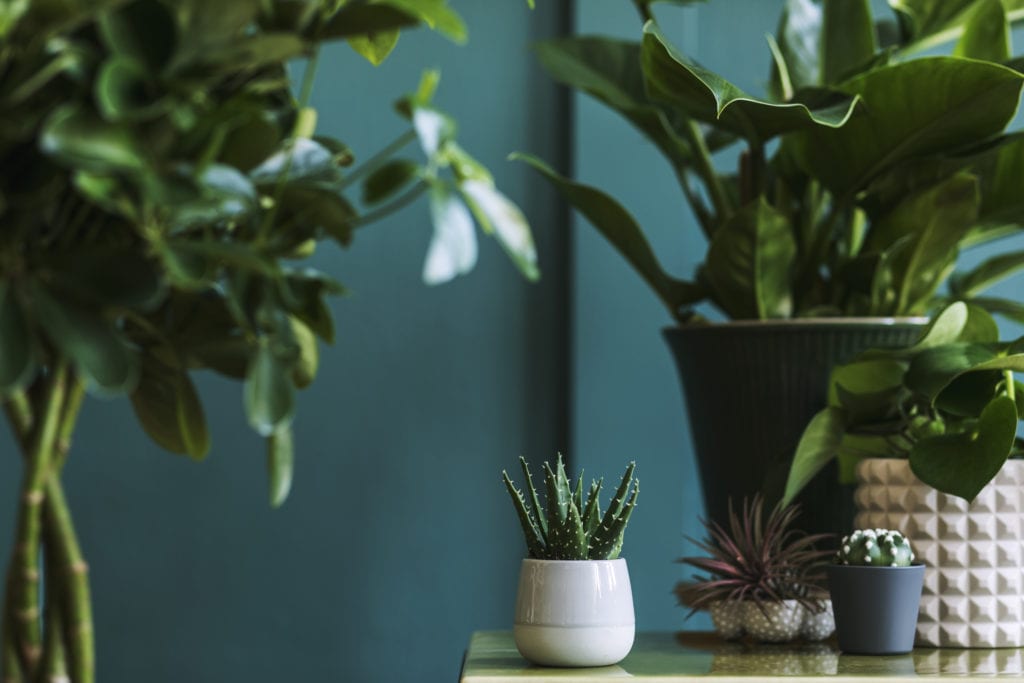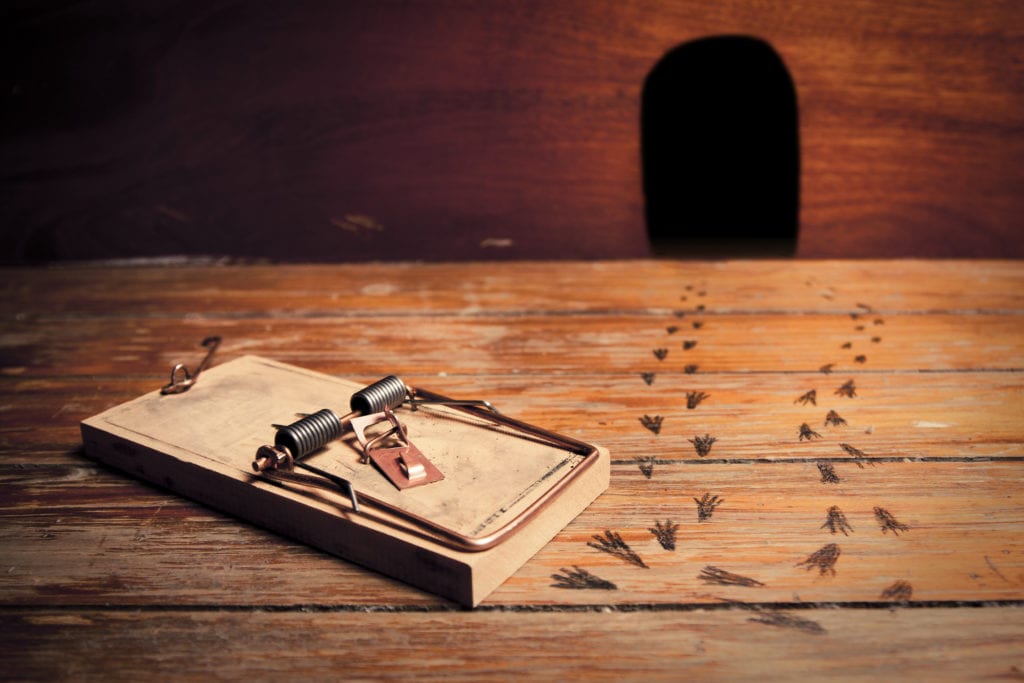
Have you ever struggled to keep even ‘hardy’ plants alive in your home? The truth is, growing plants indoors is a lot more difficult than people think.
If you’ve recently put your home on the market or put it out to sale, a home that’s brand new is a lot harder to grow in. You’re unfamiliar with the sunlight patterns, the airflow, and what areas are best for plants.
If you’ve just moved or purchased a house for sale, take a few weeks to get settled before buying any houseplants. It’s much easier to purchase plants and set up pots if you know what you’re working with. Then, once you’re settled, you can start planning your indoor garden.
What to Buy for Your Indoor Garden
If you’re an inexperienced indoor gardener, take some time to do your research first, before making any purchases. This is true even if you have experience gardening outdoors. People assume that small indoor plants are easier to grow than a full garden, but the reality is that with limited light, soil, and space, gardening indoors is actually a lot harder.
Here are some of the top purchases we recommend that you make when you’re first starting your indoor garden.
1. Pots with Drainage
Most plants hate ‘wet feet’ – the phenomenon that happens when their roots sit in stagnant water that can’t drain away. Many species will simply rot if that happens, leaving you with a foul-smelling dead plant and no idea of what you did wrong.
Many of the best-looking pots on the market today don’t come with drainage holes, so make sure that you find ones that do, and use a tray or small bowl underneath to catch excess water. If you’re worried about damaging your surfaces, place a small trivet or cork pad underneath each plant, to keep it from directly touching the furniture.
2. Indoor-Friendly Plants
Not every plant is right for indoor gardening, unless you get really serious and purchase an LED grow light. Before you purchase anything, make a list of locations in your home that could use a bit of brightness or energy from a plant, and observe them to see how much light they get during the day. Then, pick plants that need that amount of sunlight.
If your preferred locations get no direct sunlight, don’t worry: there are plenty of plants that require no sun at all, like dracaenas, English ivy, parlor palms, and many more.
If you’re in doubt, schedule a shopping time at a local garden centre and ask an expert. To help them evaluate your space, bring in photos of each area of your home in the morning, afternoon, and evening, so they can see how much light they get.
3. The Right Soil
There are two main types of growing medium for indoor plants: cactus mix for hot-weather plants like succulents and cacti, and standard potting soil for all other types of plants. Cactus and succulents love a well-draining growing medium, so this type of mixture is usually made from peat moss, perlite, and other organic ingredients. Regular potting soil is made from dirt and may have other components like sphagnum moss, perlite, or vermiculite.
Make sure to get the type of soil that corresponds with the plants you want to grow. If you mix them up, it could lead to over or under-watering that eventually kills your plant.
4. A Watering Can
Many people assume that they don’t need a watering can if they grow plants indoors. It’s not a necessity, but if you’re trying to get water right into the roots of your plants or into the narrow opening of a pot, it’s a lifesaver.
In a pinch, substitute a pitcher or container with a spout.
5. Fertilizer
A great soil or growing medium will keep your plant healthy and happy for years. However, if you want to actively encourage growth, purchase some fertilizer.
Unlike their need for water and sunlight, plants won’t give you any obvious signals when they require fertilizer. It’s up to the individual plant owner to decide when they want to fertilize, and how much should be given each time.
There are many different kinds of fertilizer, ranging from granules to liquid to spikes or stakes that you insert into the soil. Make sure to read up on the needs of your plant, and follow all the guidance on the product that you buy.
The only fertilizing tip that’s consistent between species is to avoid fertilizing in the winter, when most plants are in their period of dormancy.
6. A Great Reference Book
There are tons of different plant care books out there. If you want an easy-to-use reference that you can grab whenever you have a question, check out some of these lists. You can pick up a generic encyclopedia of house plants, or go more species-specific with a book about succulents, orchids, or low-light plants.
7. A Smart Garden
Unless you have plenty of space and lots of light, the reality is herbs and other tender-stemmed edible plants don’t grow well indoors. If you’re set on growing herbs for cooking, consider a smart garden.
These neat appliances come with all the tools necessary to grow herbs indoors: a light source, seeds, and a watering mechanism. Many of these smart gardens were inspired by NASA, and come with specially formulated soil that’s been engineered for ideal growth. Just pop the seed pod in and watch it grow before your eyes.
Most of these smart gardens grow herbs like basil and parsley, but keep your eye out for larger models that can do lettuce and cherry tomatoes as well.
Make Yourself at Home with Plants
At Dan Gemus Real Estate, we know that buying a house is just the first step to setting up a home. It’s the little things like plants and other home décor items that will help you get settled into your new home and neighbourhood faster.
For more useful tips on homeownership, check out our blog.

